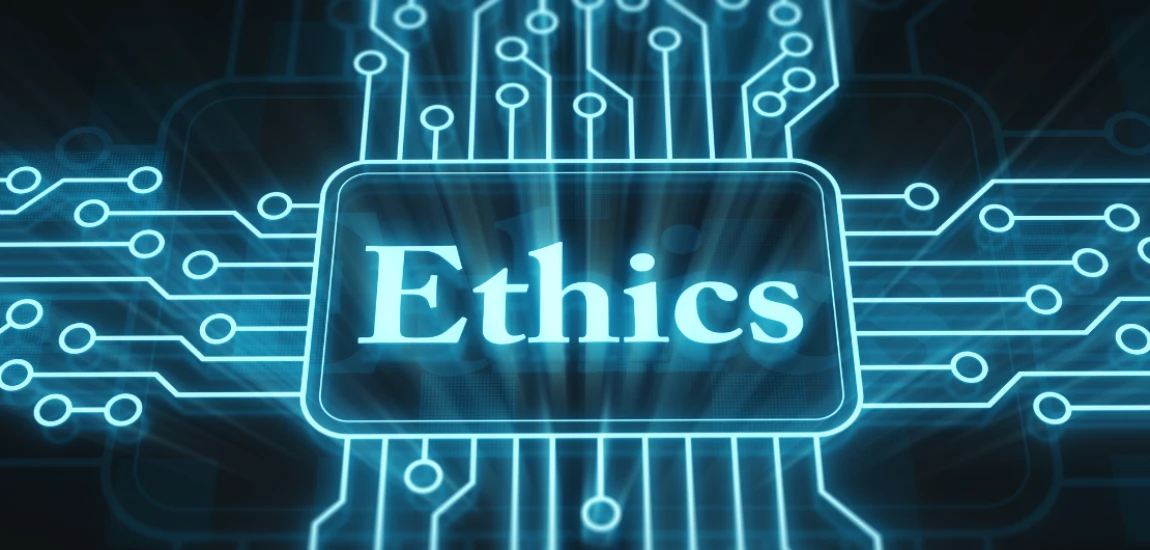AI Actors, Deepfake Cameos, and the Ethics of Recreating the Dead

Hollywood has always been driven by technology—from the invention of sound in cinema to CGI breakthroughs that brought dinosaurs, superheroes, and fantasy worlds to life. But the latest leap isn’t about bigger explosions or more realistic monsters. It’s about replacing—or at least recreating—humans themselves. AI actors, digital doubles, and deepfake cameos have become hot topics in the entertainment industry, raising both excitement and alarm.
We’ve already seen the beginnings of this trend. Actors like Carrie Fisher and Peter Cushing were digitally “revived” for Star Wars. Younger versions of Robert De Niro and Samuel L. Jackson were created for films like The Irishman and Captain Marvel. And in 2023, Bruce Willis sold the rights to his digital likeness, effectively allowing AI to continue his acting career even after he stepped away due to health issues.
The technology is advancing faster than the ethical discussions that surround it. Should we be comfortable with AI actors taking on major roles? Is it right to resurrect deceased celebrities without their explicit consent? And what does this mean for the future of human actors in Hollywood?
This blog explores the complex world of AI actors and deepfake cameos, diving into the ethics of recreating the dead, the impact on the film industry, and what it all means for audiences.
The Rise of AI Actors and Deepfake Technology
The concept of AI actors and digital doubles might sound futuristic, but the foundation has already been laid. Motion capture technology has been around for decades, famously used in The Lord of the Rings to create Gollum. What’s new is the ability to use AI and deepfake tools to generate ultra-realistic performances without needing the original actor physically present.
AI-driven deepfake software can map an actor’s face onto another performer’s body with uncanny precision. Combined with voice synthesis technology, studios can now create digital replicas of actors that look and sound almost identical to the real thing. This isn’t just limited to bringing back the dead—actors can be de-aged, aged up, or even completely reimagined in seconds.
From a studio’s perspective, the appeal is obvious. AI actors don’t demand higher salaries, don’t age, and don’t require breaks. A digital double can be reused infinitely once created, reducing production costs. In fact, some industry experts predict that background actors—extras in crowd scenes—may be among the first to be replaced entirely by AI models, cutting labor costs dramatically.
However, this innovation brings major ethical dilemmas. While fans might be thrilled to see a beloved actor return to the screen, it raises serious concerns about consent, compensation, and artistic integrity. Should technology be allowed to override human limitations? And who owns the rights to an actor’s digital likeness once they’ve passed away?

The Ethics of Recreating the Dead on Screen
Perhaps the most controversial aspect of AI actors and deepfake cameos is the resurrection of deceased celebrities. On one hand, it feels like a technological miracle—seeing James Dean star in a “new” film decades after his death, or Carrie Fisher appearing in Star Wars: The Rise of Skywalker long after her passing. For fans, it can feel like a gift, a way to say goodbye one more time.
But the ethical issues are far more complex. For one, consent becomes murky. A living actor can sign a contract granting permission to use their likeness digitally. But what about those who never had the chance? Did Peter Cushing or James Dean ever imagine their images would be used this way? Without explicit consent, it becomes a gray area—does a studio have the moral right to bring someone back for profit?
Then there’s the issue of artistry. Acting isn’t just about physical likeness—it’s about interpretation, emotional nuance, and creative choices. When an AI actor “performs,” whose performance is it really? Is it the programmers, the visual effects team, or the director manipulating the digital model? And does this reduce the value of human creativity in the process?
There’s also the emotional side for audiences and families. For loved ones of deceased actors, seeing their image resurrected can feel exploitative rather than celebratory. Fans, too, may question whether these digital performances honor an actor’s legacy or dilute it by transforming them into a perpetual brand.
Ultimately, the ethics of recreating the dead hinges on questions of respect, consent, and purpose. Are we celebrating their artistry, or are we commodifying their likeness for financial gain? Until these questions are resolved, the use of AI to digitally resurrect actors will remain controversial.

How AI Actors Could Reshape the Film Industry
Beyond the moral questions, AI actors and deepfake technology could radically transform the economics and structure of Hollywood. For studios, the benefits are enormous: lower production costs, faster turnaround times, and full creative control over an actor’s appearance. Imagine casting a famous actor in dozens of projects simultaneously, without them ever stepping onto a set.
But for human actors, the future feels uncertain. While A-list stars may be able to license their digital likenesses for huge sums, lesser-known actors risk being left behind. Background performers, stunt doubles, and even voice actors could be replaced by AI models, eliminating entire categories of jobs in the industry.
The Writers Guild of America (WGA) and the Screen Actors Guild (SAG-AFTRA) have already raised alarms. In their 2023 strikes, one of the key issues was the protection of actors’ likenesses. Without clear regulations, studios could theoretically scan an actor once and reuse their digital double indefinitely without additional payment.
There’s also the risk of homogenization. If studios rely too heavily on AI actors, will performances start to feel formulaic? Human actors bring unpredictability, flaws, and emotional depth that AI may never fully replicate. The danger lies in prioritizing efficiency over artistry, reducing film to an assembly line product rather than a collaborative creative process.
On the flip side, some see potential opportunities. Independent filmmakers could use AI actors to tell stories that would otherwise be impossible on small budgets. Directors could experiment with creative visuals that bend time, space, and identity in ways that live actors physically couldn’t achieve. The key question is whether the technology will empower creativity—or replace it.

The Legal and Moral Gray Areas
As with most new technology, laws surrounding AI actors and deepfakes are struggling to keep up. Who owns the rights to an actor’s likeness? Can a studio use an actor’s image posthumously if the family gives permission, even if the actor never did? And what happens when AI-generated performances blur the line between parody, homage, and exploitation?
Some argue that actors should have the same protections as musicians, who earn royalties when their music is reused. An “AI likeness rights” framework could ensure that actors—or their estates—are fairly compensated whenever their image is used. But until such laws are standardized, studios may exploit loopholes, leading to legal battles and public backlash.
There’s also the risk of misinformation. Deepfake technology isn’t limited to Hollywood—it can be used in political propaganda, fake news, and online harassment. Normalizing its use in entertainment may blur public awareness, making it harder for audiences to distinguish between real and fake content.
The moral gray area comes down to intent. Using AI to respectfully finish a film for an actor who died mid-production may feel justifiable. Using it to create endless sequels or advertisements without their consent feels exploitative. Drawing the line between homage and exploitation will be crucial in determining how society accepts or rejects this technology.




